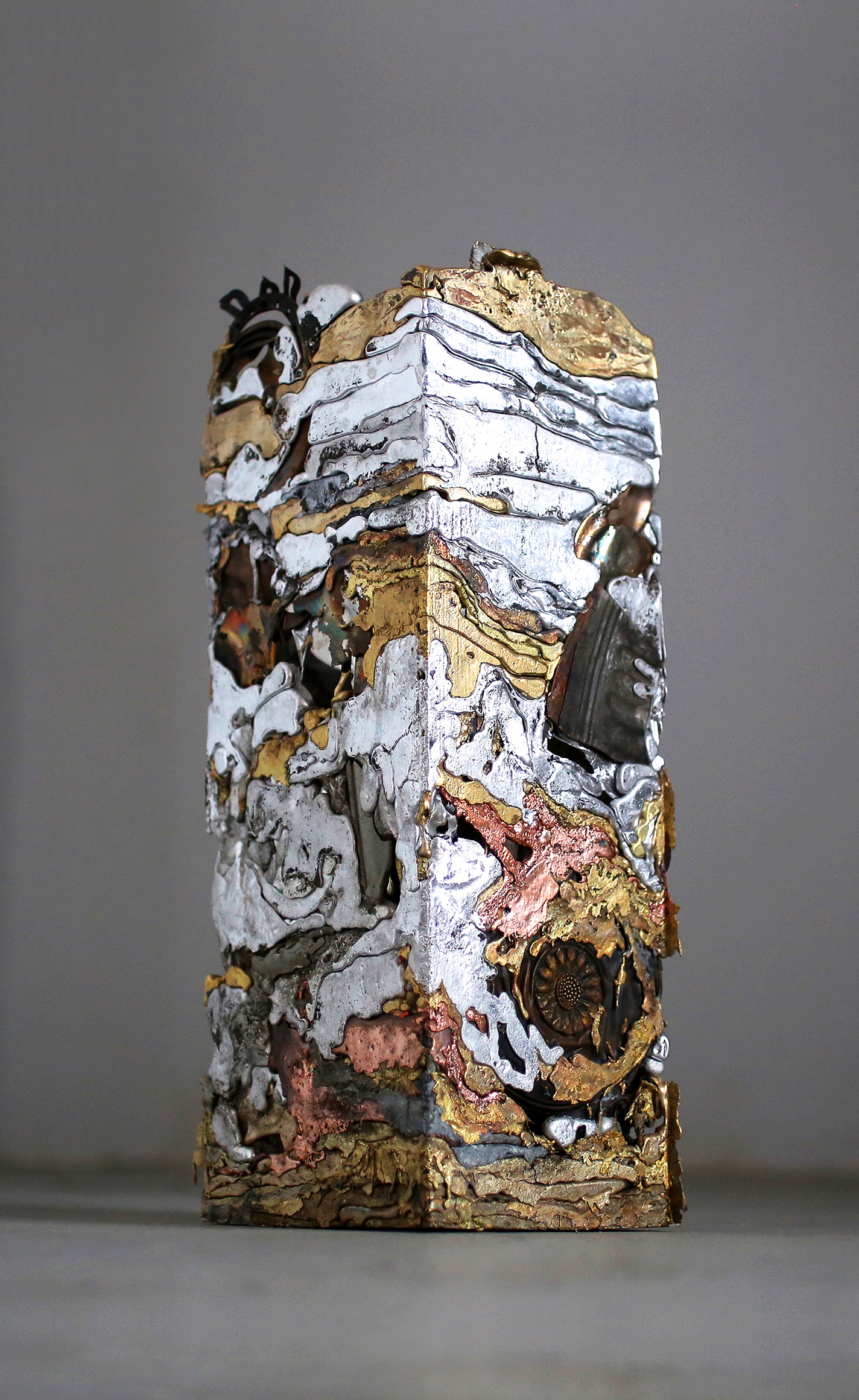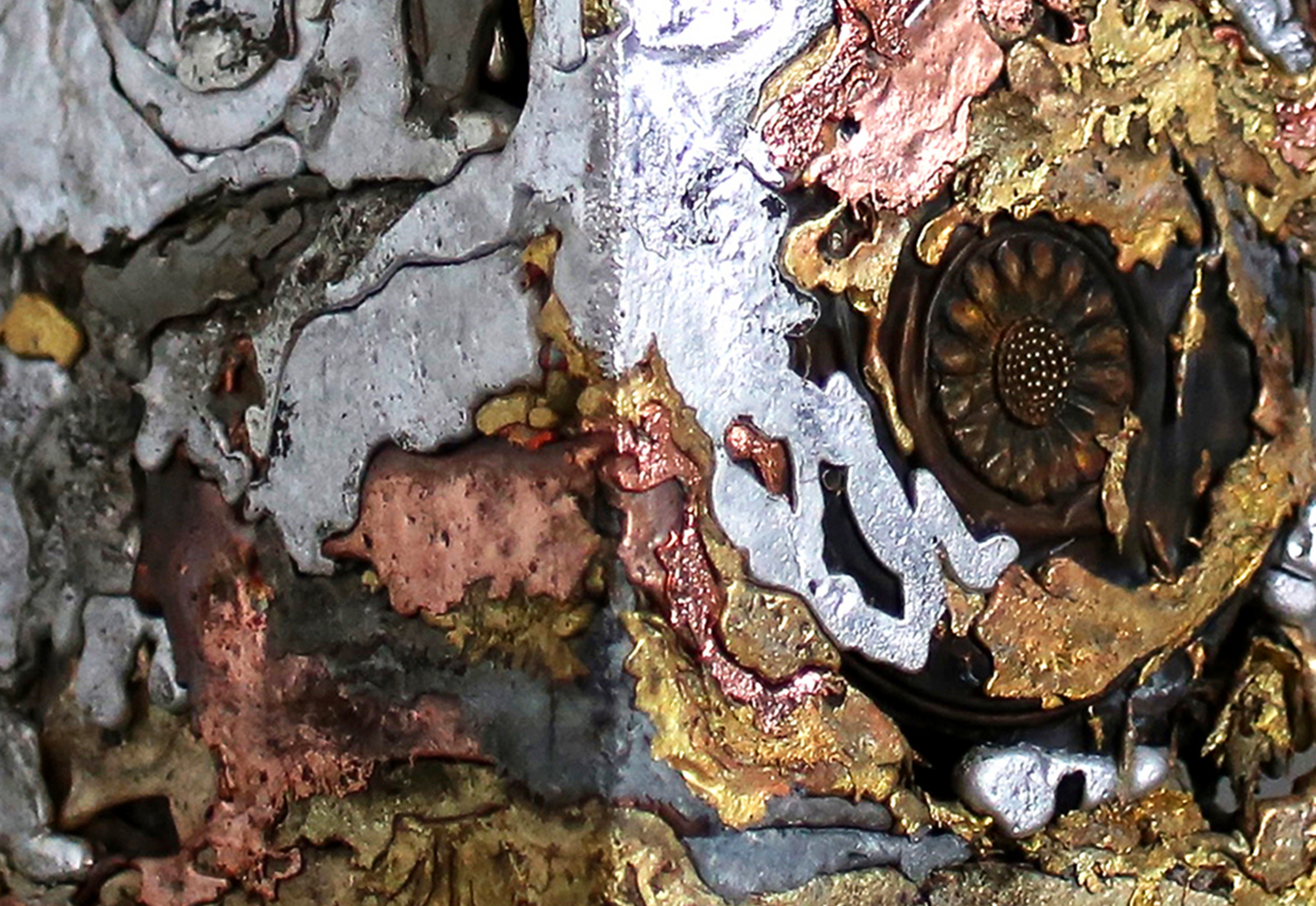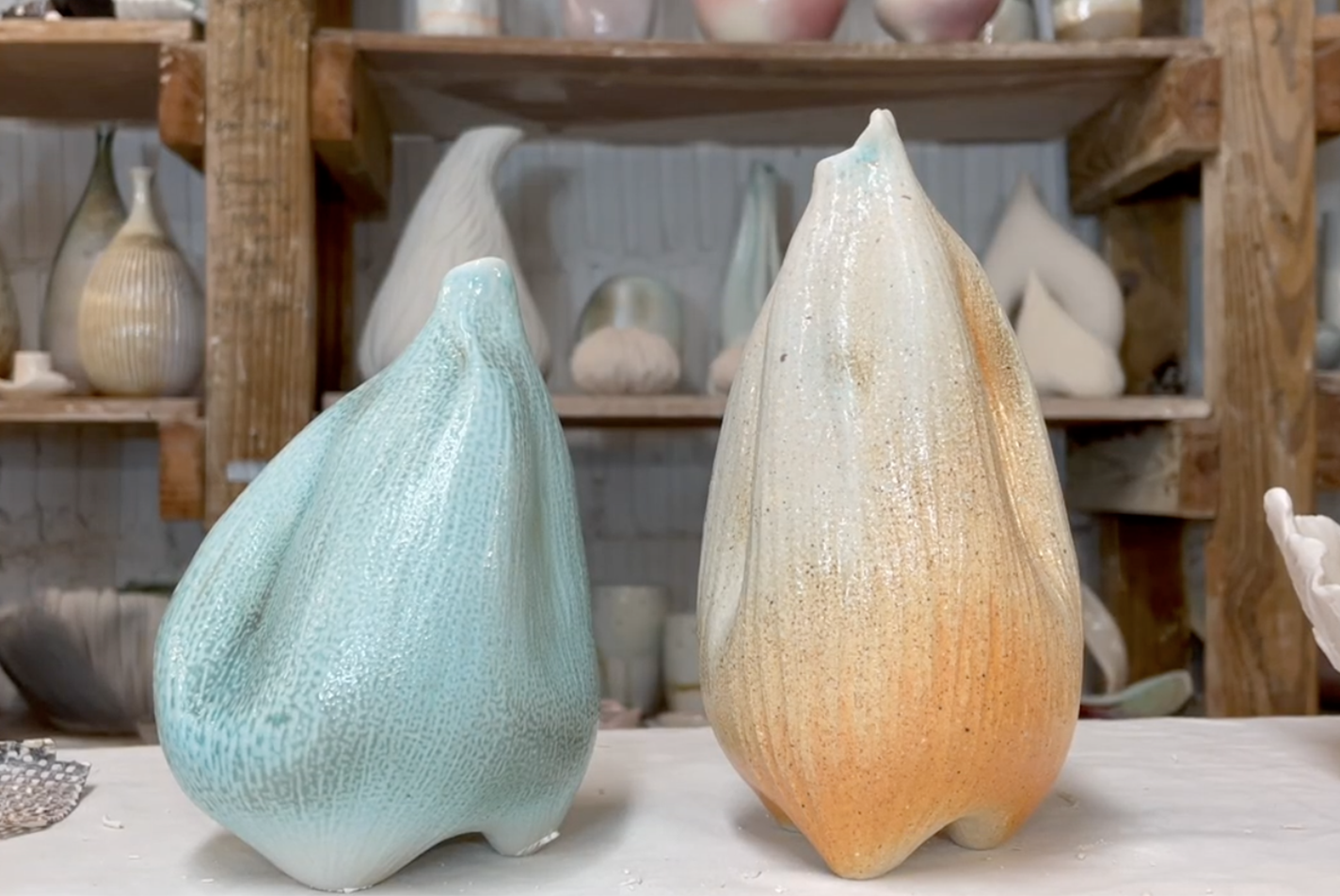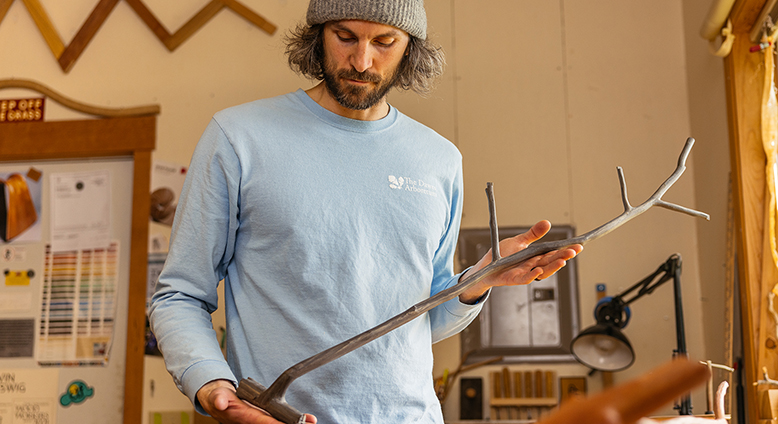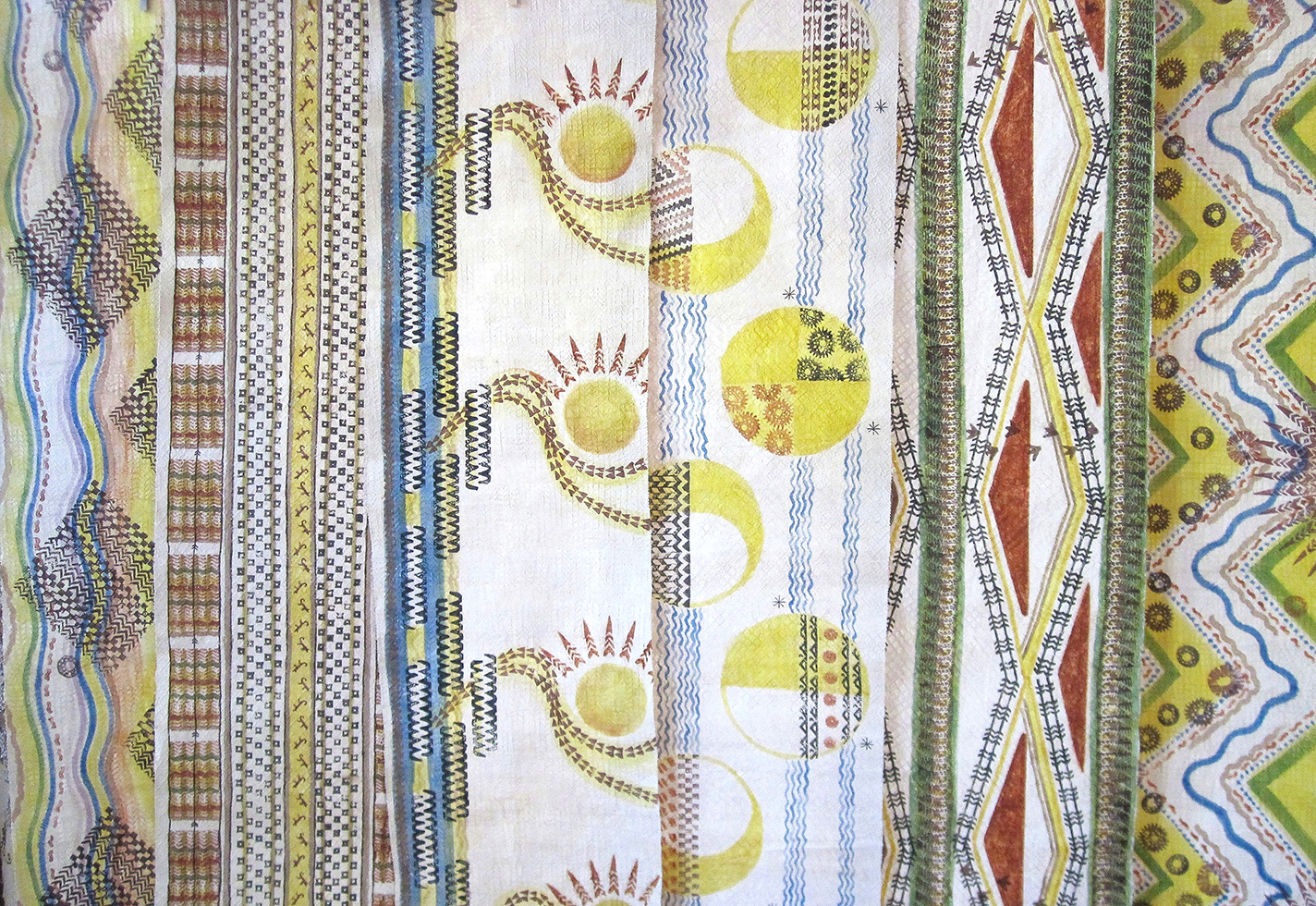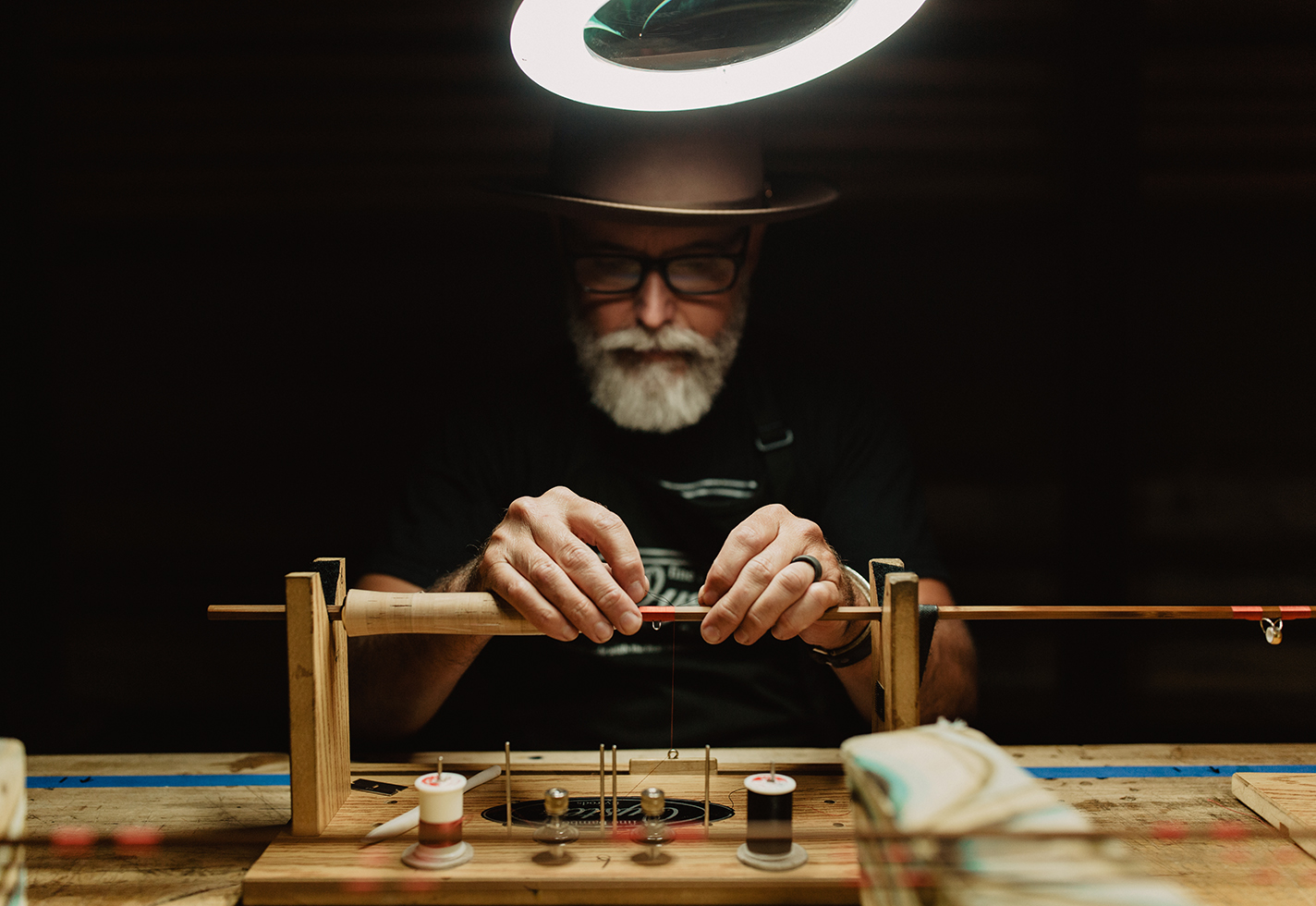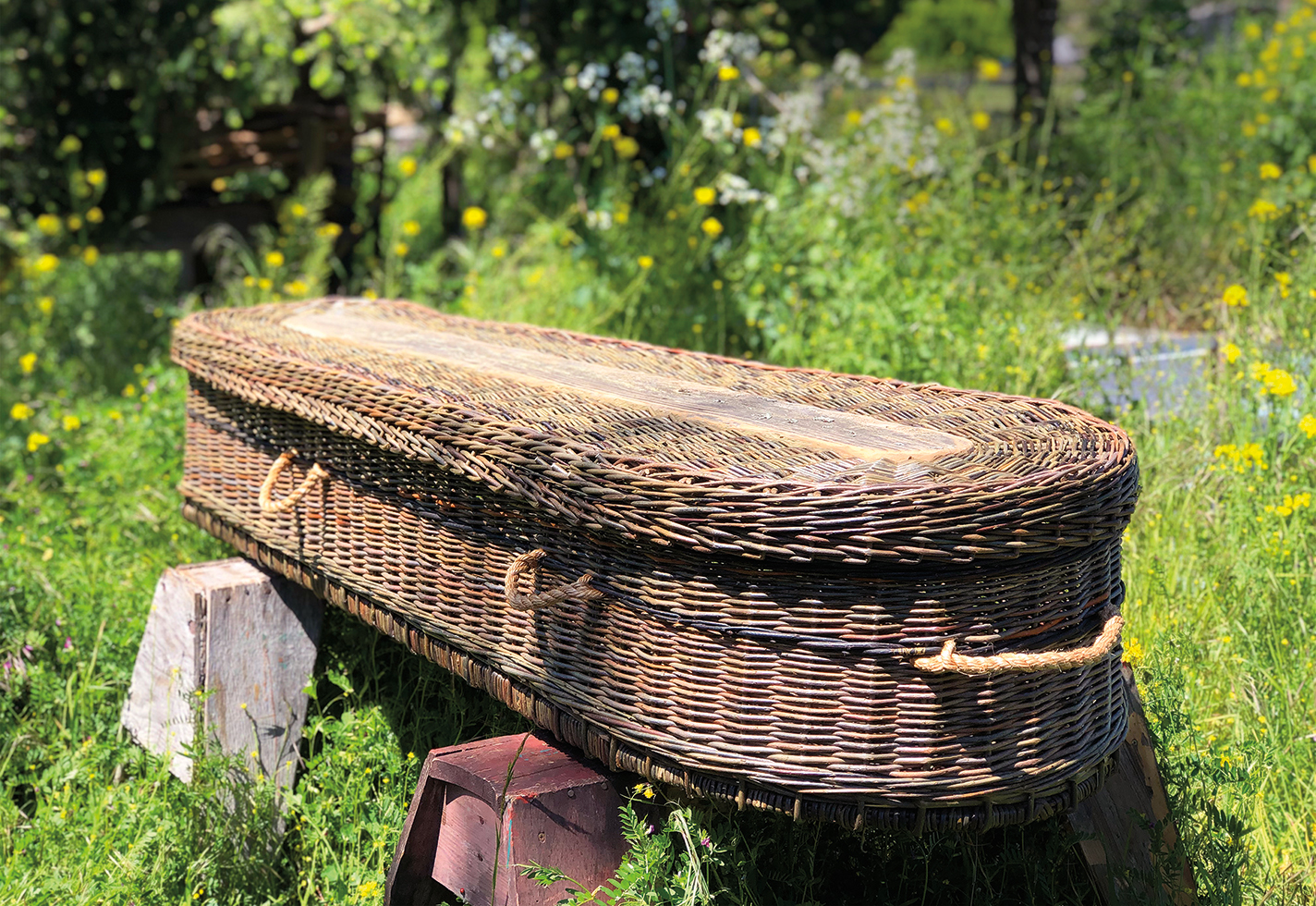MJ Tyson likes to browse antique shops and estate sales. “I think a lot about the lives of people and the lives of objects,” says the artist, who lives in Morristown, New Jersey, and doesn’t consider herself a collector outside her artistic practice. “Objects tend to live longer than the people who owned them.”
By the time she visits an estate sale, Tyson says, all the precious things are gone, whether to family or to buyers. “But the objects that remain still have the imprint of the people who lived in the home—sentimental objects, serving ware, platters. You can see how a person lived.”
Over time, Tyson gathered enough objects that she began to create series of works based on them. The first was Homes, in which each sculptural piece is made from metal materials from a single home. “The variety across that series comes from the variety in what the metal objects are made of. A home might have a lot of aluminum—or a lot of brass,” says Tyson. One mesmerizing piece in that series is 96 Beachmount Avenue (2017), made from melted, mixed metal objects from the deceased residents of a home with that address.
Because she’s a jeweler and metalsmith, it made sense to Tyson to start with the Homes series, which involved transforming the materials themselves. “But in the hunt for materials for Homes, I would come across so many other objects. I wanted to make use of those, too,” she says. Two years ago she started work on a series called Safe Keeping. Each work in this group of nine vessels is made up of things that accumulate in a drawer or home—like scissors, keys, thimbles, and ceramics in various states of disrepair.
And so the items that once adorned a home or helped make it functional become something new, beautiful, and thought-provoking in the hands of MJ Tyson. “Whether I’m recycling these things or someone else is, or they go to the trash, someone has to deal with them,” says Tyson. “That’s the reality of living among excessive objects.”
Karen Olson is editor in chief of American Craft.
